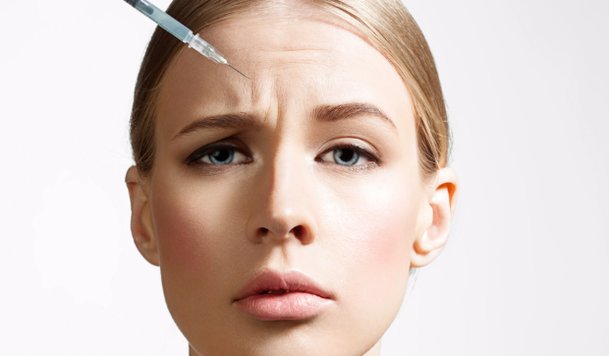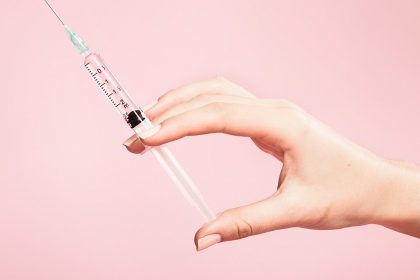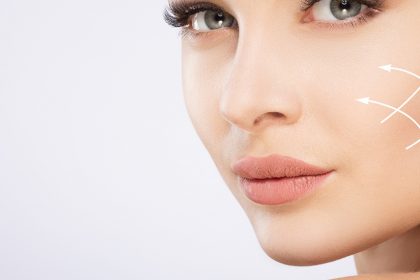Dermal fillers are the most popular cosmetic products for fighting age-related changes. It is used to correct wrinkles, as well as to replenish facial volumes lost with age. What do you need to know about the disadvantages of dermal fillers?
What are the dangers of the procedure
The procedure may be performed with a low-quality product. Therefore, be sure to ask your cosmetic surgeon to show you a sealed syringe with the date of manufacture and expiration date. We can not exclude the risk and encounter with the product is not yet certified, or even an outright fake.
It is very important to check the reputation of the specialist – it can be a cosmetologist or a plastic surgeon, as well as the reputation of the clinic. Any interventions on the skin should be performed by a qualified specialist. Remember that cosmetic surgeons can not work in barber shops, basement offices and even more at home. It is desirable to conclude a contract with the clinic, which will be proof that this particular specialist did the procedure.
It is important to note that dermal fillers can not be injected into all parts of the face. Despite the development of aesthetic cosmetology, it must be remembered that this procedure can cause complications, sometimes even serious. For example, hyaluronic acid, which seems to be used everywhere now, as part of high density fillers when injected into the eye area (orbital area) can cause swelling and bags under the eyes and even provoke the appearance of hernias in this area.
The most common problem, however, is a result that does not meet expectations. For example, after the procedure the fillers are clearly prominent on the face, there is lumpiness, disturbed facial expressions. To avoid this, the doctor must choose the correct density of the drug. For example, if the dense drug is injected into the area with increased facial activity, it can lead to a violation of this activity.
In general, dermal fillers are safe, but in rare cases can cause serious complications such as stroke and blindness. Thus, according to FDA reports, the most common complications are seals, infection, inflammation, allergies, and vascular complications. It’s important to remember moderation as well. Dermal fillers are not cosmetic cream, an excess of which on the skin is not dangerous, but a drug that can disrupt facial expression and lead to skin irregularities, thickening and fibrosis.
Most problems with dermal fillers are minor aesthetic problems. For example, eyebrows that are too high after the filler is injected. But since fillers are temporary, over time they dissolve and the appearance becomes what it was before.





